Amphorae
Belly Amphorae
Panathenaic Prize Amphorae
Neck Amphorae
Pelike
Kraters
Column-Krater
Volute-Krater
Calyx Krater
Bell-Krater
Psykter
Other Carrying Vessels
Lebes or Dinos
Loutrophoros
Hyrdia
Stamnos
Pouring Vessels
Oinochoe, olpe and chows
Kyathos
Cups
Komast
Siana
Little Master
Type A
Type B
Type C
Stemless
Other Drinking Vessels
Skyphos, Mastos and Mastoid
Kantharos
Rhyton
Amphorae
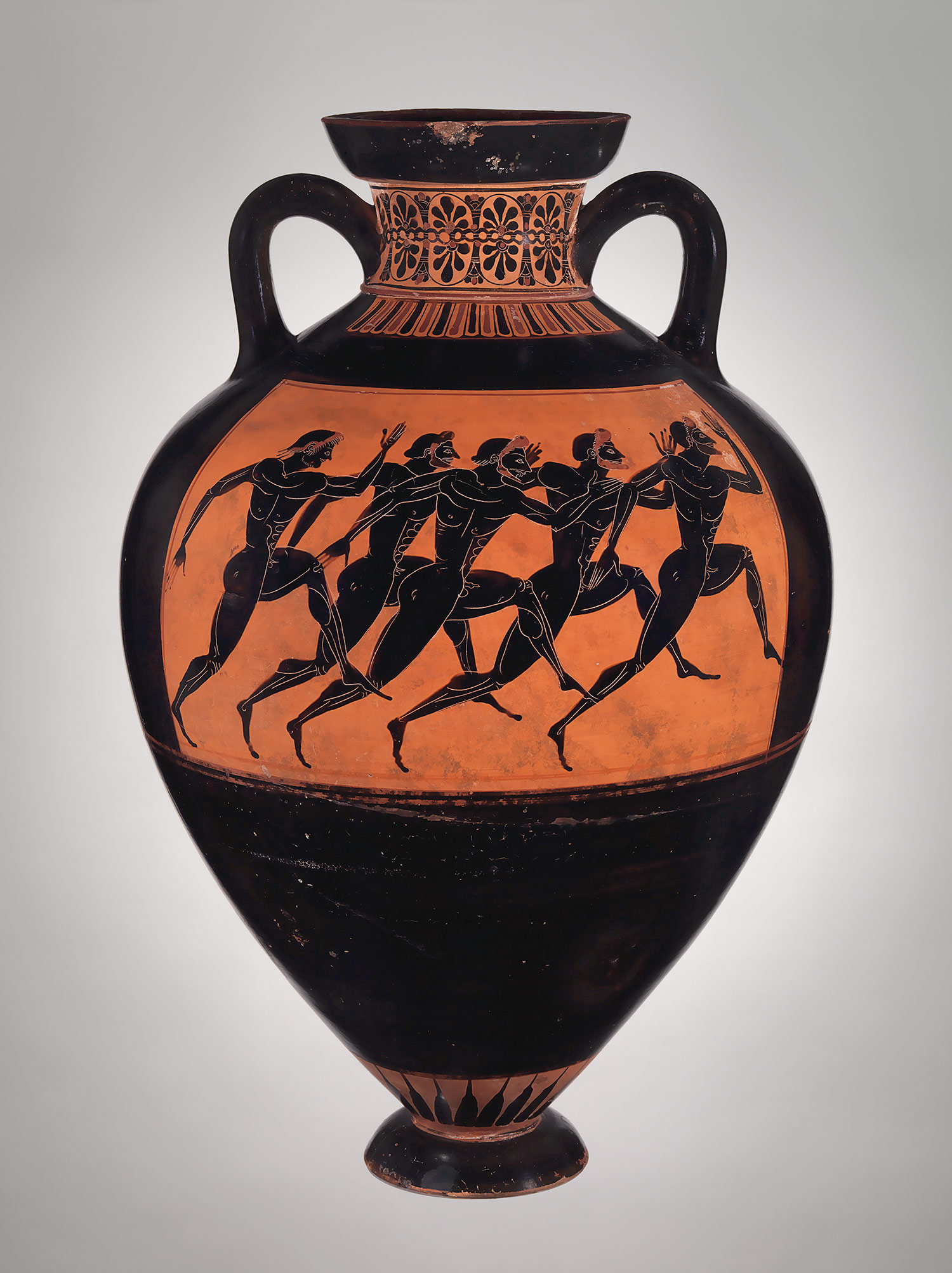 |
| This would be an example of a Panathenaic Amphorae |
Wine and Water
Kraters
| Column-Krater used for mixing water and wine |
Water
Hydria
 |
| Common Hydria used more storing and pouring water |
Loutrophoros
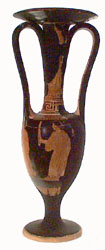 |
| A loutrophoros: used to store water and sometimes used in marriage and funerary rituals |
Wine
Oinochoe
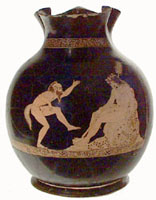 |
| A wine container to that was usually where it was served from |
Psykter
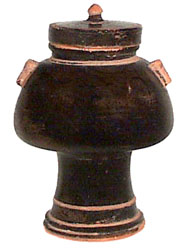 |
| Used for cooling wine |
Brygos and Exekias were Greek pottery painters during the classical era. Though they were separated by 100 years, they are each very influential in the decoration of pottery and cups during the 6th and 5th century BCE. However they differ in many ways as well.
Brygos was a painter in the late 5th century who worked in red-figure vase painting
through the late Archaic period. He is said to be one of the most iconic of his time alongside his contemporaries Onesimos and Makron. Brygos' work is often characterized by the flat-topped, long noses and narrow arched eyes of his characters in the symposiums and palaistras he created. The expression in his characters' faces were often quite effective in carrying the message he wished to portray in his paintings. His ability to paint the human mouth was exceptional, often showing his characters whistling or singing with great anatomical accuracy. Through this, one could assume that he was quite observant of human behaviour, emotion and expression.
Exekias on the other hand was an earlier painter of the mid 6th century who working in black-figure vase painting. This method was executed using through the use of clay that turned black when heated and creating details by making small incisions. Contemporaries of his, such as Andokides and Lysippides were most likely also his students. His themes were usually based on mythological recreations or even original stories. Exekias was also quite exceptional with details, often being able to put much detail into the hair of his characters. He is often said to have much more than just a visual aspect to his paintings but also a psychological aspect that add deeper meaning to his images. Most interesting of Exekias and his style of painting is the "wheel and spoke" style of painting he creates through the use of line. His ability to let the viewer focus on a central aspect of the image without them wandering to far from this central aspect is something that only later existed in 17th century Renaissance painting. His ability to do this so far before is possibly why he is so renowned as a classical artist.
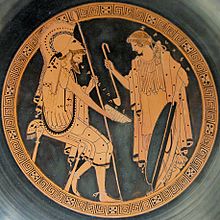 |
| An example of Brygos' work |
 |
| An example of Exekias' work |
No comments:
Post a Comment